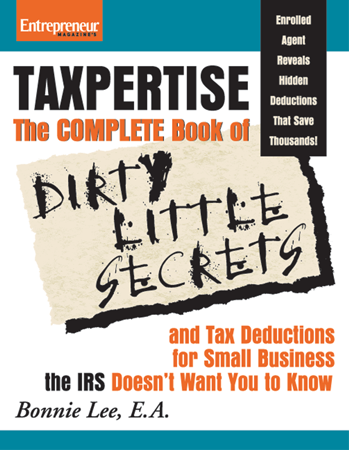Naturally, Congress will be passing numerous tax law changes. Below are tidbits that we already know that you might find useful:
IRS Online Account enhancements. You can now access your Online Account at the IRS where you can view tax owed and payment history and schedule payments. You can also do the following: request tax transcripts, view or apply for payment plans, see digital copies of some IRS notices, view key data from your most recently filed tax return and validate bank accounts and save multiple accounts, eliminating the need to re-enter bank account information every time they make a payment.
Avoid refund delays and understand refund timing. Many different factors can affect the timing of a refund after the IRS receives a tax return. Although the IRS issues most refunds in less than 21 days, the IRS cautions taxpayers not to rely on receiving a 2023 federal tax refund by a certain date, especially when making major purchases or paying bills. Some returns may require additional review and may take longer to process if IRS systems detect a possible error, the return is missing information or there is suspected identity theft or fraud.
Also, the IRS cannot issue refunds for people claiming the Earned Income Tax Credit (EITC) or Additional Child Tax Credit (ACTC) before mid-February. The law requires the IRS to hold the entire refund – not just the portion associated with the EITC or ACTC. The IRS expects most EITC and ACTC related refunds to be available in taxpayer bank accounts or on debit cards by Feb. 27, 2024, if the taxpayer chose direct deposit and there are no other issues with the tax return.
Last quarterly payment for 2023 is due on Jan. 16, 2024. You may need to consider estimated or additional tax payments due to non-wage income from unemployment, self-employment, annuity income or even digital assets. The Tax Withholding Estimator on IRS.gov can help wage earners determine if there’s a need to consider an additional tax payment to avoid an unexpected tax bill when they file. Or give us a call so we can help you determine the amount to pay. We can also provide you with a payment voucher or direct you to pay online.
Gather 2023 tax documents. It’s a good idea to develop a record keeping system − electronic or paper − that keeps important information in one place. This includes year-end income documents like Forms W-2 from employers, Forms 1099 from banks or other payers, Forms 1099-K from third party payment networks, Forms 1099-NEC for nonemployee compensation, Forms 1099-MISC for miscellaneous income or Forms 1099-INT for interest paid, as well as records documenting all digital asset transactions and stock sales.
I maintain a file folder marked with the tax year and all year long I put in tax documents including DMV renewals, acknowledgment letters from charities, etc. When it’s time to do my taxes, I just swoop it up and enter my data.
IRA INFO Form 8606. Review IRA basis this year. If you have traditional or ROTH IRA, please be sure to provide your tax pro with Form 5498 (which you likely received in May of 2023). Ask your plan manager for a total of all nondeductible contributions and a figure which represents the basis of your IRA.
Understand energy related credits. As usual, the IRS has made tax law extremely complex and difficult. If you bought a vehicle in 2023 please review the changes under the Inflation Reduction Act of 2022 to see if it qualifies for the credit for the new clean vehicles purchased in 2023 or after. To claim a credit, you must provide the vehicle’s VIN so we can file Form 8936, Qualified Plug-in Electric Drive Motor Vehicle Credit, with your tax return.
If you made energy improvements to the home, tax credits are available for a portion of qualifying expenses. The Inflation Reduction Act of 2022 expanded the credit amounts and types of qualifying expenses. To claim the credit, we must file Form 5695, Residential Energy Credits, Part II, with your tax return.
Speed tax refunds with direct deposit. Filing electronically and choosing direct deposit is the fastest way for you to get your tax refund. Direct deposit gives you access to your refund faster than a paper check. And it’s proven to be more secure. Average time for a refund is 21 days from filing. Although if you are expecting a refund from an amended return the wait may be several months or longer. Note if you are claiming the EITC, your refund will not be available until after February 27.
New mileage rates for 2024 are increased to 67 cents per mile up 1.5 cents for 2023. Charitable remains at 14 cents per mile and will never increase as it’s set by statute. Medical and moving mileage (for Armed Forces only) has been decreased a penny to 21 cents per mile. Wonder what the logic is behind that? After all, we did have a surge in inflation!
Best wishes to you and yours for a Happy, Healthy, and Prosperous New Year from all of us at Taxpertise!


